4 Mysteries About the Terracotta Army, Emperor’s Mausoleum & the First Emperor of China
The Terracotta Warriors (or Terracotta Army) 兵马俑 Bīngmǎyǒng and Emperor’s Mausoleum have become must-visit destinations for both domestic and international tourists.
More than 1 million people visit the site every year, and almost 500,000 people reportedly attempted to visit it during the 2019 national holiday.
Did you know? The Chinese name doesn’t refer to terracotta – the type of clay the sculptures are made of. The character 俑 yǒng means artefacts that are buried with the dead. 兵 Bīng means soldier and 马 mǎ is horse, so the direct translation would be ‘warrior and horse funerary artifacts’.

The discovery of the army in 1974 has been described as one of the greatest archaeological finds of the 20th Century.
It revitalized research on the Qin Dynasty and the first emperor of China, and shed new light on historical accounts of the events.
However illuminating this discovery was, it raised as many questions as it did answers.
There are still many things we don’t understand about the necropolis itself and many of the historical events surrounding it.
So here we take a look at four strange and sometimes grisly mysteries that arose from the discovery of the emperor’s burial site.
The Terracotta Warriors – History
The Terracotta Warriors – Why?
The Terracotta Warriors – A boobytrapped tomb?
The Terracotta Warriors – Looting and Burning
The Terracotta Warriors – The Other Tombs
The Terracotta Warriors – History
Qín Shǐ Huáng (秦始皇), the first emperor of a unified China, built the Terracotta Army to protect himself from evil spirits in the afterlife, of which he was deathly afraid.
Qín Shǐ Huáng, which literally means ‘First Emperor of Qin’, unified China in 221 BC after uniting the Warring States through conquest. He then ruled as emperor (皇帝 Huángdì ) for 11 years before his death in 210 BC.
During his short reign, he standardized the writing system, currency and units of measurement to consolidate a Chinese identity and unification of the empire.
Did you know? Qín Shǐ Huáng also started building a wall along the Qin’s northern border by connecting walls built by earlier dynasties to keep out invaders. Although much of the original wall disappeared over time, it was rebuilt by later dynasties and eventually became The Great Wall of China.
1) Terracotta Warriors – Why?
Burying the dead along with artifacts to bring to the afterlife has been a long-held funerary practice in China.
It was not unusual for Chinese emperors, kings and noblemen to be buried in such a grand fashion.
But the sheer scale and grandeur in which Qín Shǐ Huáng decided to leave his earthly life is something quite unusual.
Construction of the emperor’s mausoleum began in 246 BC, when Qín Shǐ Huáng became king of the pre-unified Qin kingdom aged 13, indicating that the Qin planned to carry on these burial traditions.
So why the oversized entourage?
The first emperor of Qin had an overwhelming fear of death (perpetuated by surviving three assassination attempts).
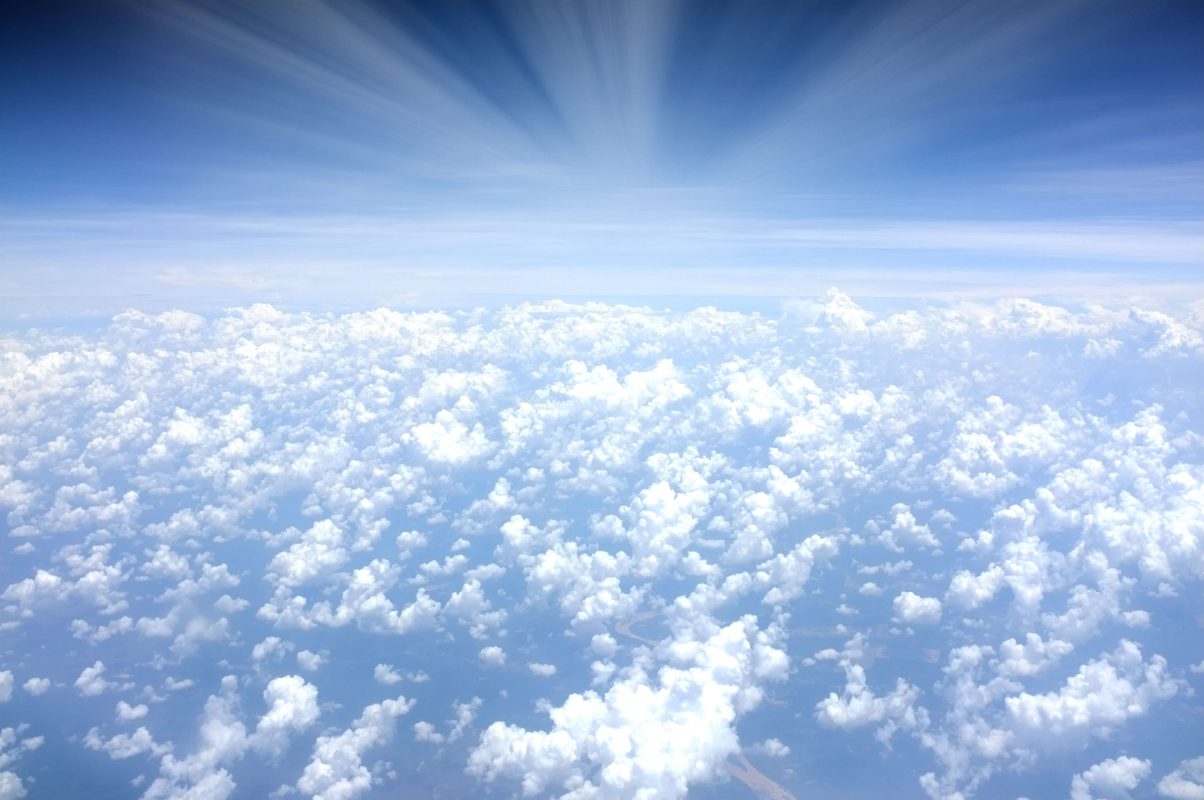
This may shed some light on his desire to have substantial military might, even in the afterlife.
He was obsessed with the pursuit of immortality 长生不老 chángshēng bùlǎo.
He ordered his alchemists to work on creating a magical elixir and sent explorers out in search of the elixir of life 灵丹妙药 língdān miàoyào, some of whom possibly traveled as far as Japan.
Overcome by superstitions and paranoia of evil spirits, he even built an intricate labyrinth of tunnels under his palace so he could travel in secret, supposedly to keep the spirits off his scent.
The huge, battle-ready army is strategically positioned: they stand in military formation facing his conquered lands to the east as if to guard the emperor’s tomb against invaders.
He may have believed this would secure his power and position in the afterlife in the inevitable event of his death.
Towards the end of his life, the emperor is believed to have taken mercury tablets as a means of staving off death.
However, it is possible that this is what ended up killing him.
2) Terracotta Warriors – A Boobytrapped Tomb?
The emperor’s tomb may be boobytrapped.
Emphasis on may.
The emperor’s tomb (秦始皇陵墓 Qínshǐhuáng língmù), which lies within the imperial mausoleum 1.5km to the west of the pits containing the army, has never been unearthed.
That means many of the contents, which are believed to include the body of the emperor himself, remain unknown.

Part of the reason for not opening the tomb is that archaeologists are afraid of causing any damage to the extremely precious and fragile artifacts that are likely to be inside.
But there is possibly a much more intriguing – and sinister – reason for their trepidation in entering the tomb.
Historical records completed by the Han Dynasty scholar Sīmǎ Qiān 司马迁 in 94 BC describe how the tomb was rigged with ready-to-fire arrows and crossbows to deter grave-robbers.
The texts also say that rivers and seas of mercury were inlaid into the tomb.
This claim has been corroborated by the detection of unusually high levels of mercury in the soil surrounding the tomb – although some scientists dispute this as evidence, suggesting it could come from pollution from surrounding industry.
The credibility of these accounts is in dispute. After all, Sīmǎ Qiān wrote this down a century after the events took place. His records are also missing some crucial details – for instance, nowhere does he mention the construction of an army of clay soldiers.
So until the day archaeologists decide to open the tomb, we can only speculate as to what is inside.
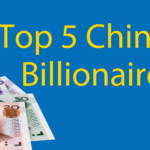
Chinese Billionaires (in 2021) 💸 Who Is Really The Richest?
Do you know who are the top 5 Chinese billionaires? Here is the list of the richest people in China and how they made their fortunes
3) Terracotta Warriors – Looting and Burning
There’s evidence to show some of the pits containing the army and the emperor’s tomb suffered fire damage shortly after the Qin emperor’s death.
The pits in which the army is garrisoned were originally held up by brick walls and a wooden ceiling.
Charred remnants of wood inside pits 1 and 2 indicate that the ceilings collapsed due to a fire, crushing the soldiers and horses below.
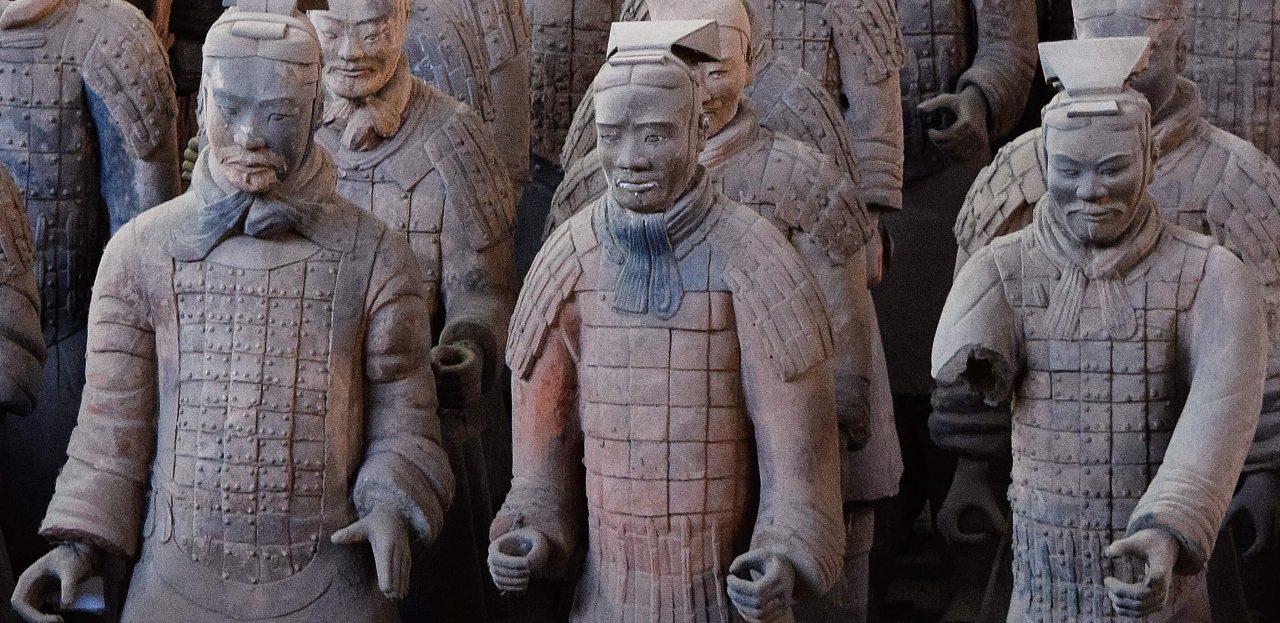
Some of the sculptures also seem to have been purposefully smashed, and many of the weapons carried by the terracotta warriors, which were made for real-life combat, are missing.
Exactly who is to blame for the acts of alleged arson and robbery is still in dispute, but there are a couple of theories.
The most prominent one is that Xiàng Yǔ (项羽), an infamous warlord, led a rebel army in revolt against Qin Shi Huang’s son, Qín Èr Shǐ (秦二始), who took the throne after his death.
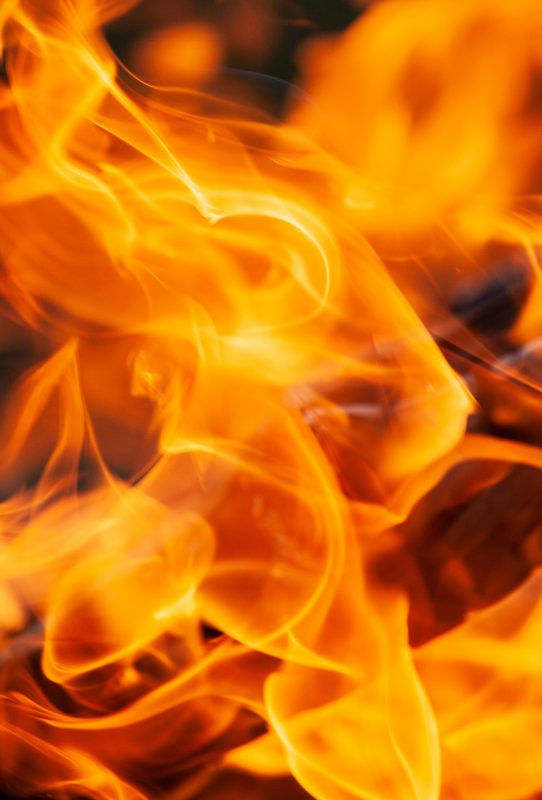
Xiàng’s army managed to reach the pits, looted it for weapons and smashed the statues before setting the pits on fire.
Another theory blames local peasants.
Angry at the huge amount of resources and human life squandered by the emperor’s various projects – the Terracotta Warriors, the northern wall and several military expeditions to name a few – they looted and burned the pits in an act of defiance and revenge against the ruling Qin.
Another Han-era text written by historian Bān Gù (班固) purports that Xiàng Yǔ also tried to reach the emperor’s tomb by digging tunnels, but was never able to enter it.
Bān Gù then goes on to say that a shepherd boy carrying a torch accidentally set the tomb on fire after following a lost lamb into one of these tunnels.
However, scientists working on the projects say they have not found any evidence to suggest the tomb itself has been damaged.
4) Terracotta Warriors – The Other Tombs
Experts still disagree on just how many people it took to pull off this gigantic architectural and artistic feat.
Some estimates are as many as 700,000 labourers worked on the project.
Now archaeologists think they may have found some of the casualties.
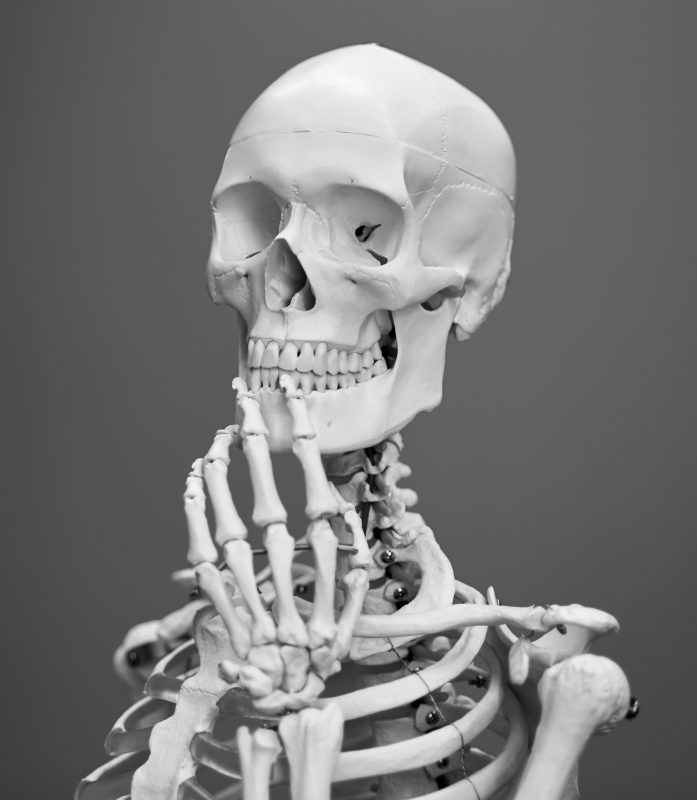
Dozens of graves have been discovered in the area around the emperor’s tomb containing human remains that are believed to belong to the labourers who worked on the complex.
One mass grave contained the skeletons of 120 people.
The labourers are believed to mostly have been peasants and artisans recruited from around the Qin’s empire, as well as convicted criminals, evidenced by chains and handcuffs found in some of the graves.
Hundreds of tombs containing mutilated human remains were also found near the emperor’s mausoleum.
Who these bones belonged to is unclear.
It is theorised that they belong to the emperor’s concubines, given that they are the women’s bones and were found alongside precious gems and artefacts, indicating a higher rank.
Another grave contains what may be the remains of ill-fated Qin princes, who according to Sima Qian’s records were murdered by Qin Shi Huang’s son, Qín Èr Shǐ, in a power grab after the emperor died.
Check out this article from the National Geographic for an excellent map of the emperor’s mausoleum and surrounding burial sites.
If you want to learn more about the history of the Qin Dynasty and the construction of the terracotta warriors, I highly recommend listening to China History Podcast’s episodes on The Rise and Fall of the Qin for a more in-depth account.
We also wrote a beginners guide to the Terracotta Army here.
Have you seen the Terracotta Army before? What did you think? Tell us in the comments below.
FREQUENTLY ASKED QUESTIONS
What are the Terracotta Warriors?
Qín Shǐ Huáng (秦始皇), the first emperor of a unified China, built the Terracotta Army to protect himself from evil spirits in the afterlife, of which he was deathly afraid.
The discovery of the army in 1974 has been described as one of the greatest archaeological finds of the 20th Century.
How were the Terracotta Warriors discovered?
The Terracotta Warriors were discovered in 1974 by a farmer digging a well in his field!
Where are the Terracotta Warriors?
The Terracotta Warriors are located 42 kilometers east of Xi’an in Lintong District.
How to say Terracotta Warriors in Chinese?
Terracotta Warriors in Chinese is 兵马俑 bīng mǎ yǒng.
Is your school in Xi’an close to the Terracotta Warriors?
Not really, the Terracotta Warriors are located out of the center of Xi’an, you’ll need to travel for a bit to get there.
Want more from LTL?
If you wish to hear more from LTL Mandarin School why not join our mailing list.
We give plenty of handy information on learning Chinese, useful apps to learn the language and everything going on at our LTL schools!
How about some Chinese online lessons? Take your free trial here.
Sign up below and become part of our ever growing community!

 Hi, my name is Ilaria. I am from Italy and I am a Student Advisor at LTL. Fancy coming to study with us in China? Drop me a message.
Hi, my name is Ilaria. I am from Italy and I am a Student Advisor at LTL. Fancy coming to study with us in China? Drop me a message. Hi, my name is Mojca. I am from Slovenia in Europe and I work as a student advisor at our Shanghai school.
Hi, my name is Mojca. I am from Slovenia in Europe and I work as a student advisor at our Shanghai school.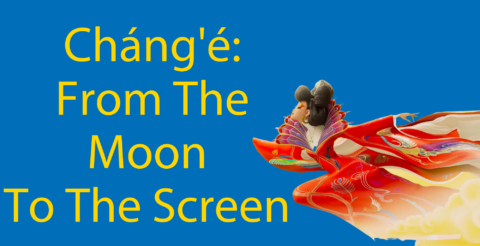

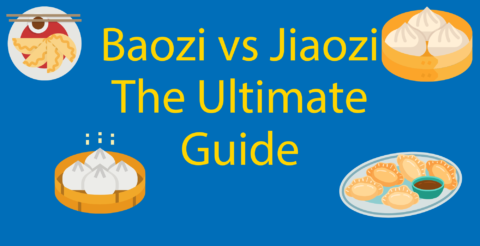
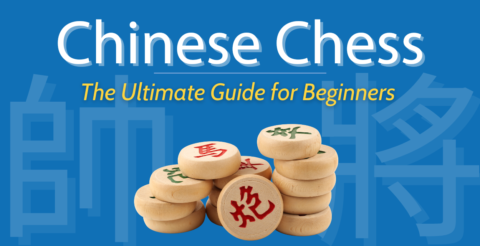
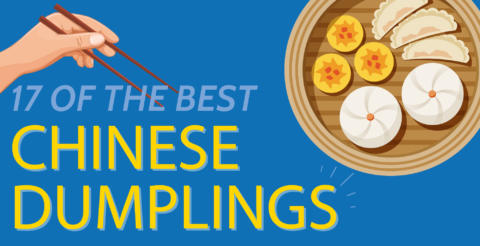
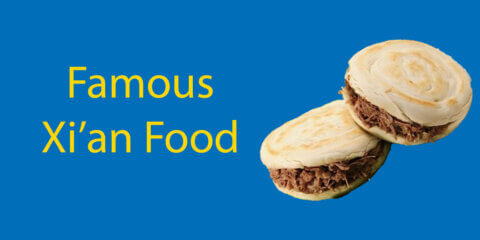
4 comments
[…] An interesting feature of the building is its mullions which are made out of glazed terracotta. It looks like terracotta isn’t just for building warriors! […]
[…] The famous Chinese Terracotta Army was found by accident by farmers digging a well in […]
Genuinely intriguing post, can't wait to see these in person one day
Thanks Lenny, hope you make it there soon!